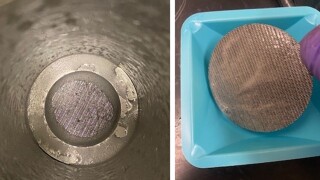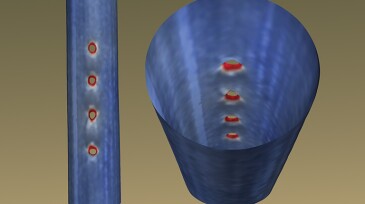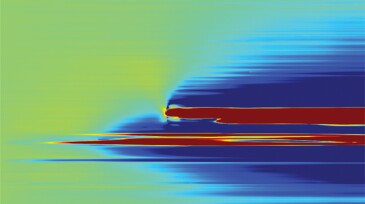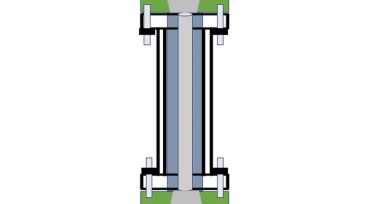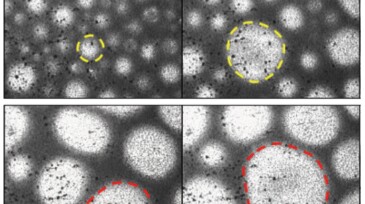Completions
Ranger acquires American Well Services for $90.5 million, adding 39 workover rigs and boosting its fleet by 25%.
In this third work in a series, the authors conduct transfer-learning validation with a robust real-field data set for hydraulic fracturing design.
This paper describes development of a high-temperature water-based reservoir drill-in fluid using a novel synthetic polymer and customized with optimal chemical concentrations and sized calcium carbonate.
-
A wellbore repair tool was successfully deployed to rectify collapsed tubing in a remote well off the coast of Papua New Guinea.
-
The implementation of fishbone stimulation helped to more than double estimated well productivity and tripled the production rate in a tight carbonate reservoir well compared with conventional stimulation during initial testing.
-
When fracturing, simply shooting all the perforations at the same spot in the casing can offer increased production at a low cost.
-
This study in a shale-oil formation quantified the hydraulic fracture propagation process and described the fracture geometry by developing a geomechanical forward model and a Green’s function-based inversion model for low-frequency distributed acoustic sensing data interpretation, substantially enhancing the value of the LF-DAS data in the process.
-
This paper’s authors describe the development of a coiled tubing (CT) nitrogen-lift design in which CT and geothermal reservoir simulations were combined to overcome modeling limitations.
-
SponsoredHigh-resolution optical measurements hold the key to unlocking the performance of hydraulically fractured wells
-
The paper describes a methodology of verifying that coiled tubing strings have not been subject to erosion caused by annular fracturing operations.
-
The authors describe a carbonate reservoir stimulation technique able to deploy acids in the rock far away from the wellbore through mechanically drilled holes with known depths and azimuths.
-
This paper summarizes the design processes, selection criteria, challenges, and lessons learned during design and execution phases for fracturing in a tight, low-permeability carbonate reservoir with thin layers.
-
This paper presents recent results from a rigorous pilot-scale demonstration of natural-gas foam over a range of operating scenarios relevant to surface and bottomhole conditions with a variety of base-fluid mixtures.



